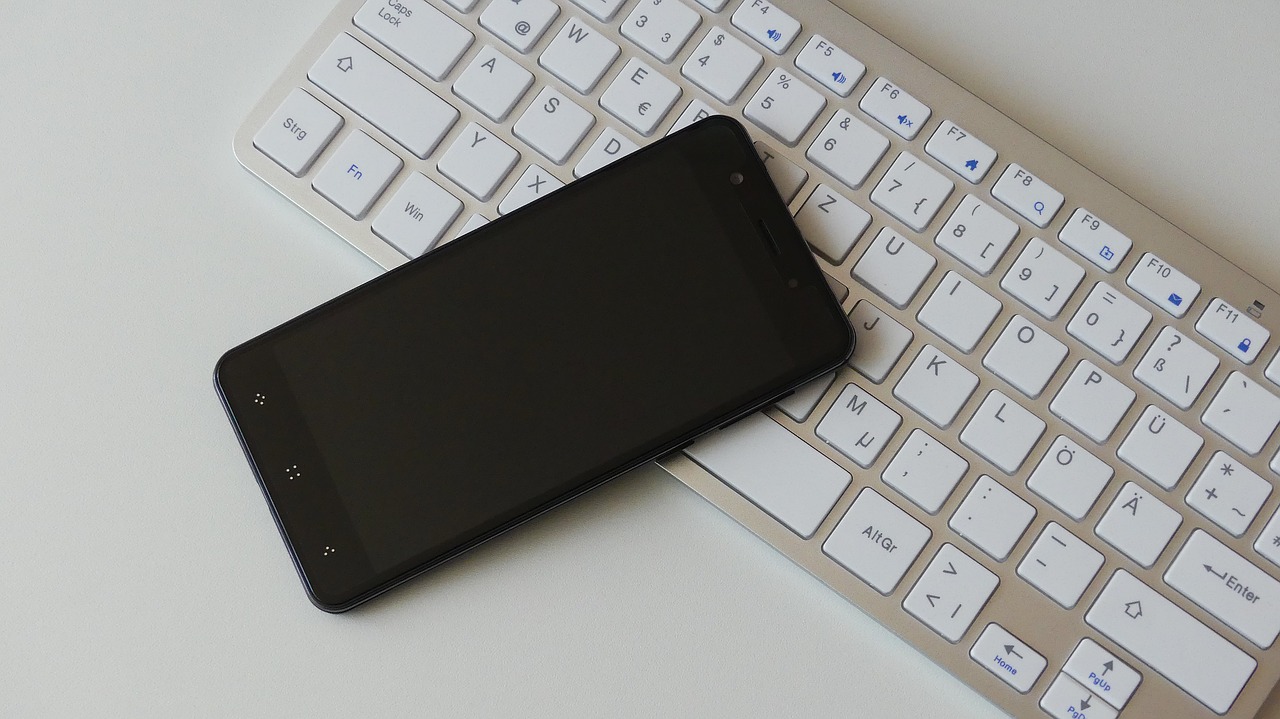With faster internet speeds and more work being done on the cloud, smartphones allow remote workers and business travelers the flexibility of being efficient on the go. According to ComScore, mobile use has grown so fast that it’s now the leading digital platform, with total activity on smartphones and tablets accounting for 62 percent of total time spent on digital media. Easy access, however, comes at a price. Smartphones can lead to distractions such as social media and games, which can affect productivity. Additionally, accessing work information from a smartphone can lead to security issues. But, when utilized effectively, smartphones can enable professionals in all industries to crank out top-notch work from anywhere. Lucky for you, we’ve put together a trusted list of our top ten tips for managing work from a smartphone:
1. Choose the Right Apps
Ensure your smartphone is equipped with apps that can be used across multiple platforms including desktop, laptop, tablet and smartphone. Several of the programs most frequently used on company desktops have smartphone apps, including Office 365 and Google’s G Suite. For those that aren’t familiar, G Suite includes Gmail, Hangouts, Calendar, Docs, Sheets, Slides, Google+ for communication, Drive for storage and Sites for collaboration.
2. Stick to a Simple Setup
Fewer apps means fewer distractions and more storage space. Many people fall into the trap of thinking that the more apps you have, the easier it is to solve a slew of problems. The reality is that having more apps typically means more room for confusion – be sure and know what you need and don’t download more than that. Less is more!

3. Take Advantage of Voice Technology
Siri and other voice assistants can prove extremely helpful in accomplishing small tasks such as typing short emails, pulling phone numbers, sending texts and setting up reminders. Many employees find that they actually prefer using voice assistants to draft emails, as opposed to typing on their smartphone keyboard.
4. Check Out Remote Desktop Apps
No matter the industry, there is bound to come a time when you simply need access to your desktop. Remote desktop apps like LogMeIn or TeamViewer allow you to access your desktop and all your files directly from your smartphone with a quick tap.
5. Organize Your Home Screen
With the ever-increasing number of smartphone apps available today, your home screen can quickly become a chaotic mess. Be sure and keep your most important apps on the front page of your home screen, with your four most important taking up space in your dock. Place your less important, non-work-related apps on the later pages of your screen. Folders can also prove beneficial for organizing a collection of apps with a common theme such as “G-Suite.”
6. Ensure your Smartphone is Secure
Keeping a smartphone secure is vital for many reasons. Not only do you want to prevent data from being lost if your phone is lost or stolen, but you also want to ensure that your personal information isn’t hacked from internet pages you may have visited. Some tips for ensuring your smartphone is secure include using a screen lock, using a SIM card lock, protecting Bluetooth use, switching off wireless connection when it’s not in use, being careful with accepting pop up messages while browsing the web, turning off geotagging, installing anti-viruses and ensuring your home wireless router is protected by a passcode.

7. Consider a Portable Bluetooth Keyboard
If you frequently do heavy business work on your smartphone like typing long documents or emails, you know that tapping your fingers on a screen can sometimes get a bit frustrating. While there is no replacement for a real keyboard, there are thankfully high-quality Bluetooth keyboards available to help. If you’re having trouble deciding which Bluetooth Keyboard to purchase for your smartphone, take a look at this article which highlights many of the best options on the market today.
8. Consider Collaboration Apps
Team collaboration software is on the rise. From project management to communication, there are dozens of collaboration tools available for businesses that allow employees to effectively communicate while away from the office. Flowdock is a group and private chat platform with a team inbox feature, while GoToMeeting is an online video conferencing app that allows users to schedule meetings and share screens. Slack is an extremely popular platform that offers instant messaging, file transfers and message search, with dozens of features and integrations with other tools like Trello. See here for a list of other groundbreaking collaboration apps that are changing the way businesses work and collaborate while away from the office.
9. Establish Clear Communication Protocol with Your Office
Be sure and establish communication guidelines with your coworkers so they know how best to reach you on your smartphone when you are away from the office. Do you wish to be reached by email, text or phone for non-urgent messages, formal requests, quick responses or urgent issues? Many decide that email is best for non-urgent messages and formal requests, while texts work best for quick responses and calls for urgent issues. The decision is all yours!
10. Maintain a Healthy Work-Life Balance
While smartphones make it easier than ever to stay in contact, they can also make it extremely easy for employees to overwork and overload themselves, which can lead to burnout. Recognize when to turn off your work phone to take time for yourself. Take phone breaks during the day when working via your smartphone. Give yourself time to think about big picture ideas away from constant email interruptions, sometimes requiring you to put your smartphone aside for a bit or turn it off completely.
Managing your workday from your smartphone can seem complicated at first, but as technology becomes more efficient, so can we.


